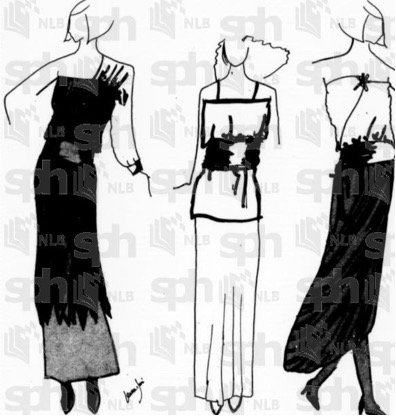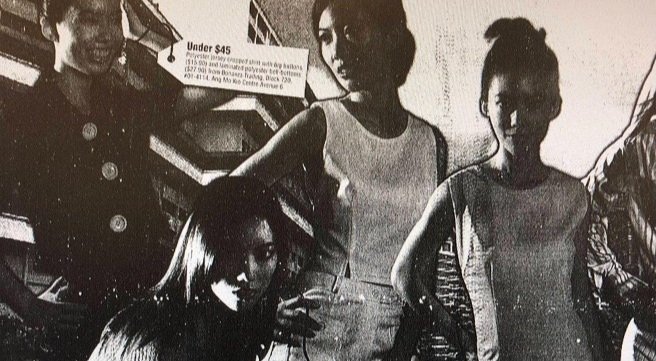1990s
Key themes
-
The 1990s were marked by the rise of Asian powers leading to the Asian Financial Crisis in 1997. This rise meant greater visibility of Asian countries and Asian fashion in the West and the greater appeal of Asian fashions within the Asian market. Vogue chose Singapore to launch its first Asian edition in September 1994. The greater consuming power of Asian fashion enthusiasts also meant more Singaporeans participating in fashion, both in luxury and more accessible settings such as budget retailing in department stores to cater to less affluent tourists and shops in Housing Development Board (HDB) estates. This was also accompanied by the rise of the Internet, where consumers could engage with foreign fashion brands and their media online, such as in the launch of Armani’s website in 1996.
-
At the same time, there was a greater interest in foreign luxury labels, such as the setting up of more high fashion stores from overseas including Stella McCartney, in the increased consumer spending on Christian Dior’s goods reported in 1993 after LVMH appointed two new agents to distribute Christian Dior and Christian Lacroix in Singapore, and more Asians shopping in Paris, with Chanel being the most popular brand amongst them. Locally, this appetite was satisfied through the opening of the Heeren in 1994, a $100m project on Orchard Road dedicated to high-fashion goods. In Nets’ July/August Shopping Preferences and Expectations Survey, men were reportedly shopping slightly more (51.4%) than women in department stores and supermarket chains. However, men’s magazines were seeing a significantly smaller audience than women’s magazines in 1996, with a magazine like MAN selling 20,000 issues compared to Her World which sold 70,000 issues.
-
At the beginning of the decade, Singaporean designers found themselves with a lack of sources which posed a challenge for Singapore which intended to become a fashion hub. This sparked the turn from design to manufacturing for overseas brands and local designers outsourcing manufacturing. These designers found it difficult to fulfil orders from local department stores and to meet the further demands of overseas buyers, so designers like Bobby Chng began opening factories in places like Johor. One of the Textile and Garment Makers’ group’s strategies to improve the fashionable image of Singapore also included offshore production. Tailoring became a sunset industry with labour shortages due to the unattractive prospects of the job that included long training periods and long working hours.
-
The development of the fashion industry in Singapore also meant wider educational and professional opportunities for Singaporeans wanting to work in fashion. Efforts to boost the creative economy were conducted by both governmental and industrial institutions. Such as in 1993 when the Economic Development Board’s Creative Business Unit implemented new initiatives to promote arts and entertainment industries, and Takashimaya offered scholarships to Singaporeans to train in fashion in Japan, and in 1994 when Tangs and LaSalle offered a $24,000 scholarship in fashion marketing.
More stories
-

The Ascent of Japanese Fashion in Singapore
by Celestine Chia
Japanese designers caught the attention of Singaporean consumers and beyond through bold visual statements in their designs that seemed to challenge the conservativeness and conformity often associated with Asianness. This led to the rise of Japanese fashion in 1980s Singapore and the overall development of the relations between Japan and Singapore, facilitated largely through cultural exchange.
-

Singapore's Parisian Dream
by Angelene Wong
This article explores the relationship between Paris and Singapore, how Singaporean journalists have interpreted Paris for a Singaporean audience to sustain Paris’s influence as a fashion capital, how Parisianness has been adapted for Singaporean consumers, and how Paris was used as a benchmark for international success for Singaporean fashion practitioners.
-

A Sartorial Mapping of Singapore’s Fashion Districts
by Ruth Francesca Ho
Singapore’s fashion districts, which expanded from the 1950s to the 1990s, are geographical and architectural imprints of Singapore’s changing fashionable aspirations. These dynamic districts reveal how Singapore negotiated an increasingly globalised fashion landscape, reflecting and facilitating greater fashion consciousness and consumption amongst Singaporeans.